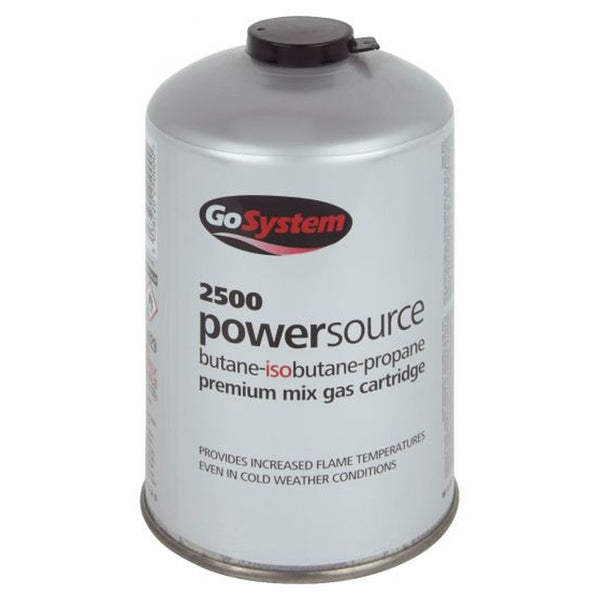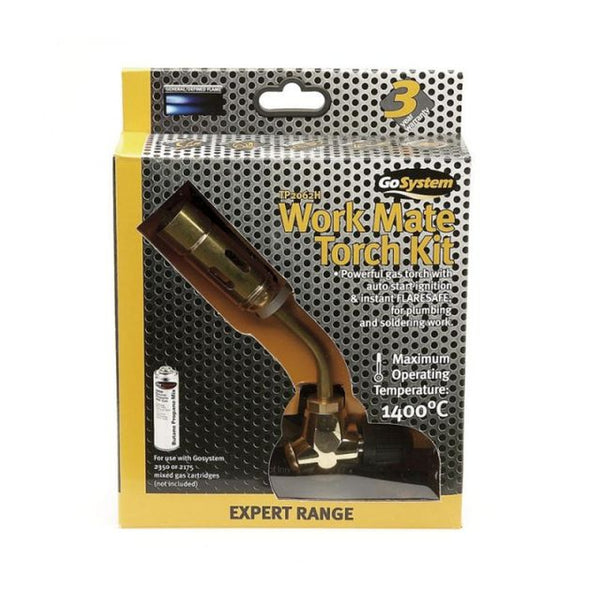With old files for work piece, anvil was not really needed. Just grinder, files for metal work and sand paper did the work for making usable tools.
Hi.
Just came across this conversation and I'd like to contribute a bit, that is, if you don't mind.
Soon enough you'll run out of gas and I think solid fuels (wood, coal, charcoal) are cheaper then gas. At least over here (Netherlands) they are.
Now, building a solid fuel forge is easy as abc, all you need is a good imagination. My first 'forge' was a steel bucket filled with sand and a couple of patio bricks, charcoal and an electric weedburner for air suply. Worked perfectly!
A bit of luck is also helpfull, haha.
A small trench in the ground is a start, for example. On the web and on youtube are tons of ideas on that. Use your imagination. Big chance all the materials you'll need are allready on site (how about that old cast iron wok from your mother-in-law's kitchen? I promise, I won't tell anyone! ).
Next, forced air suply: RULE NR 1: it's not about air pressure, it's all about volume. The more, the better, that's what makes a fire burn. For example: I use 60mm steel pipe for air suply to my coal forge and when I put my 'bellows' to work that fire realy starts roaring, it's almost scary!
Check google and youtube. I myself built a 'chinese bellows'. Works perfect and didn't cost me a penny! Again: you might allready have all materials at hand.
As for an anvil: ANYTHING that will take a beating from a hammer will do, even a piece of rock!!! Preferably a body of steel with a flat surface and a little mass. More mass is always better. More mass means you'll need less energy to strike your workpiece.
Most important is that you have fun!
Good luck and happy forging!












